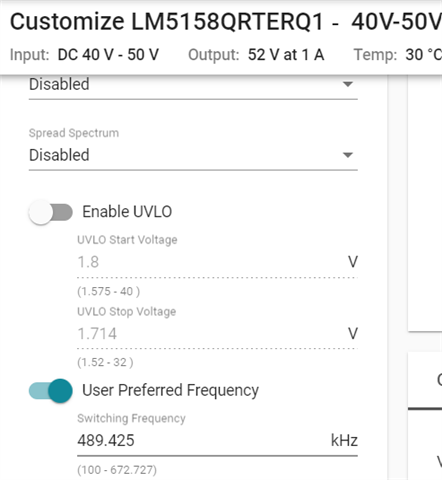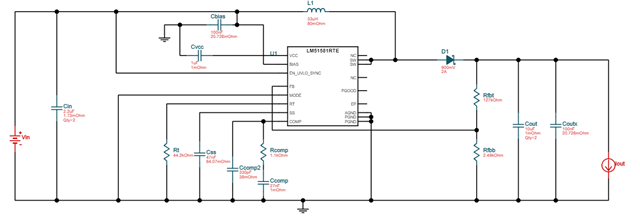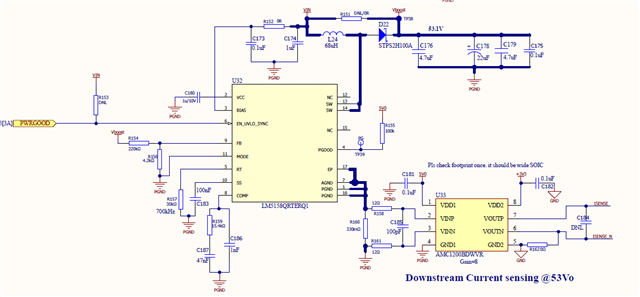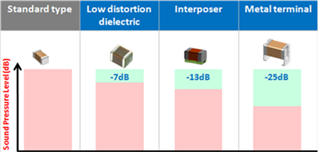Other Parts Discussed in Thread: LM5158, AMC1200
Tool/software:
Hi TI Team,
I am planning to use the LM5158-Q1 for a POE application to boost the voltage from 40-50Vin to 52Vout/1A. I have the following queries:
- The datasheet specifies that the device supports up to 2.2MHz. However, in Webench, it shows a maximum frequency of 672kHz. Could you please explain the discrepancy?
- The maximum start voltage for UVLO is specified as 40V in the webbench, but Vin max of the device is 65V. I would like to set the minimum start voltage to 42V.
- How does the boost converter behave when the input voltage is higher than the set output voltage (52V)? For instance, if Vin is 54V, will the boost converter pass through the 54V as it is, and what are the implications of this scenario
- please review the below snip of schematic from webbench and confirm.





